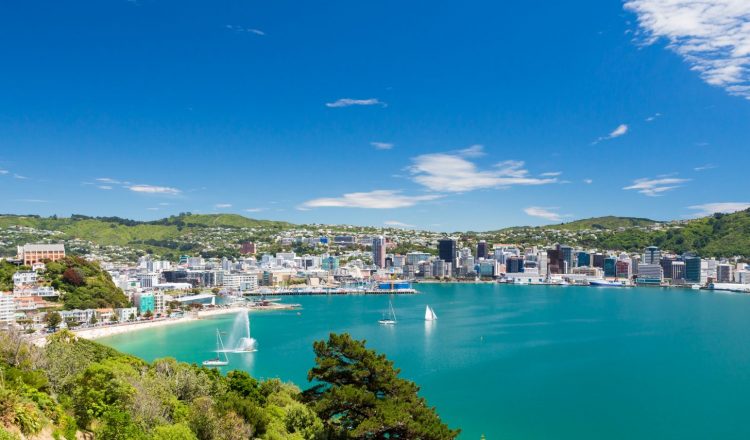New Zealand People
With a patchwork history of Māori, European, Pacific Island and Asian cultures, New Zealand has become a melting-pot population – but one with some uniting features that make it unique in the world. Today, of the 4.4 million New Zealanders (informally known as Kiwis), approximately 69% are of European descent, 14.6% are indigenous Māori, 9.2% Asian and 6.9% non-Māori Pacific Islanders.
Pakeha
Pākehā culture (usually synonymous with New Zealand European culture) derives mainly from that of the British, particularly English settlers who colonised New Zealand in the nineteenth century. Until about the 1950s many Pākehā saw themselves as a British people, and retained strong cultural ties to “Mother England”. Yet there was a common perception that people born in New Zealand were likely to be physically stronger and more adaptable than people in Britain. The largely rural life in early New Zealand led to the image of New Zealanders being rugged, industrious problem solvers. Another distinctive trait of Pākehā culture has been the egalitarian tradition, as opposed to the British class system. Within Pākehā culture there are also sub-cultures derived from Irish, Italian and other European groups, as well as various non-ethnic subcultures.
From the 1980s Pākehā began to further explore their distinctive traditions and to argue that New Zealanders had a culture which was neither Māori nor British. There was an interest in “Kiwiana”—items from New Zealand’s heritage that are seen as representing iconic Kiwi elements, such as the pōhutukawa (New Zealand Christmas tree), pāua-shell ash-tray, Buzzy Bee, Pineapple Lumps, gumboots and jandals.
Maori
The Māori are the indigenous inhabitants of New Zealand. They originated with settlers from eastern Polynesian islands, who arrived in New Zealand in several waves of canoe voyages at some time between 1250 and 1300. Māori settled the islands and developed a distinct culture over several hundred years. Oral history tells of a long voyage from Hawaiki (the mythical homeland in tropical Polynesia) in large ocean-going canoes (waka). Māori mythology is a distinctive corpus of gods and heroes, sharing some Polynesian motifs. Significant figures are Ranginui and Papatūānuku, Māui, and Kupe.
Central to many cultural events is the marae, where families and tribes gather for special occasions, such as pōwhiri or tangi. Māori often call themselves “tāngata whenua” (people of the land), placing particular importance on a lifestyle connected to land and sea. Communal living, sharing, and living off the land are strong traditional values.
The distinct values, history, and worldview of Māori are expressed through traditional arts and skills such as haka, tā moko, waiata, carving, weaving, and poi. The concept of tapu (meaning taboo or sacred) is also a strong force in Māori culture, applied to objects, people, or even mountains.
Other ethnic groups

















































